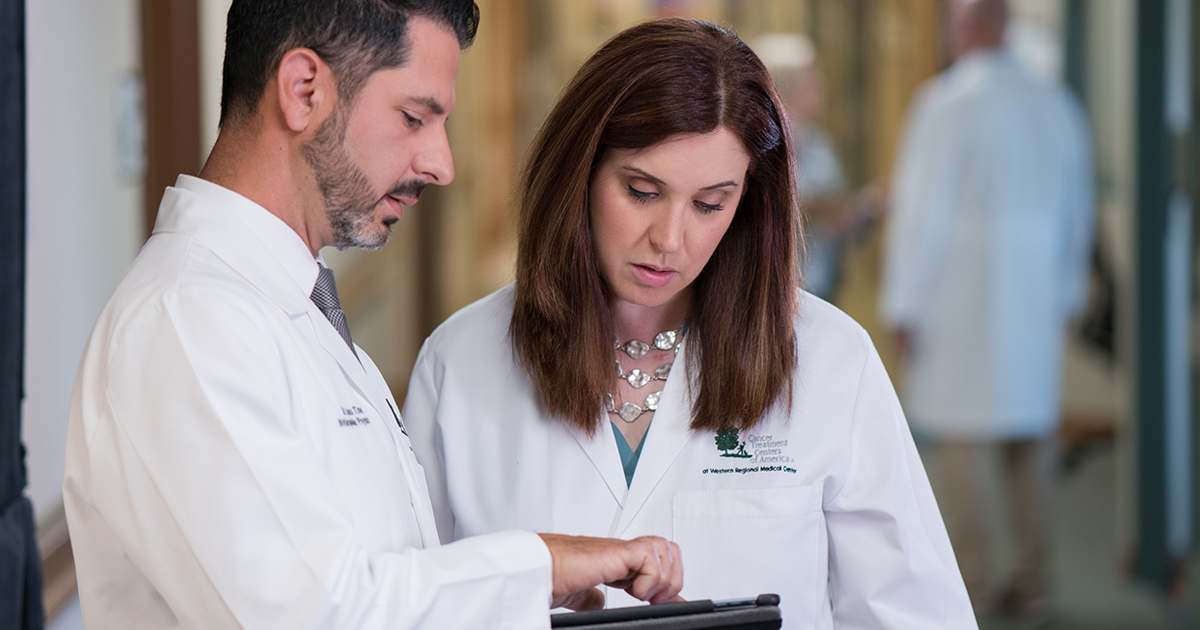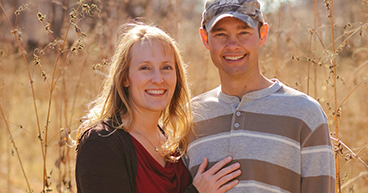
The cancer journey is a challenging, emotional experience, and many patients find themselves forming deep bonds with the people who saw them through the scariest of times—their oncologist. So when treatment is over, and it’s time to go back to their primary care physician, some patients have a difficult time letting anyone else take the reins of their care. “Patients typically place their trust in their medical oncologist, and many of them are reluctant to leave him or her,” says Anthony Perre, MD, Director of New Patient Intake and Vice Chief of Staff at our hospital in Philadelphia. “At this point in time, a smooth transition from oncology care to primary care isn’t happening for most patients.”
That transition is important, Dr. Perre adds, speaking as both a doctor and a Hodgkin lymphoma survivor. While patients should continue to see their oncologists for regular follow-up visits, maintenance treatment or other cancer-related needs, their primary care doctors are the ones who should take the lead on monitoring and treating other health needs they may have, from high cholesterol and hypertension to asthma and obesity. In a perfect world, Dr. Perre says, the patient’s oncologist would set the tone from the first oncology appointment forward, looping in the primary care doctor on the entire cancer treatment process, from the diagnostic results on the patient’s cancer type and stage to the treatments he or she receives. This is what Dr. Perre calls a shared model, and its goal is to reduce the disconnect that may develop between the patient and his or her primary care doctor during treatment.
Who to see after cancer treatment?
That disconnect is alive and well, according to a recent study that found that many cancer survivors want their medical oncologist to manage their health care needs after cancer treatment is completed. But most oncologists aren’t as equipped to handle preventive health care as their primary care counterparts, Dr. Perre says. “The most common reasons people see a doctor, outside of cancer, are for problems like cardiovascular disease, diabetes, hypertension—issues most medical oncologists don’t have experience diagnosing and treating,” he says.
The survivorship study, published July 12 in the Journal of Clinical Oncology, also highlights another problem Dr. Perre has noticed himself: Most oncologists aren’t doing enough to educate their patients on the need to see their primary care doctors for follow-up care, or to involve the primary care doctors in a transition plan. “My experience has been that most primary care doctors are quick to refer their cancer survivors back to an oncologist, but part of the responsibility of medical oncologists is to provide a plan after treatment ends so they can share their expertise with the primary care doctor and make the transition smoother,” he says.
That plan, more commonly known as a survivorship care plan, ideally should include information on the patient’s disease, doctors, treatments, oncology follow-up appointments and tests, and treatment-related side effects. Not every cancer patient receives a survivorship care plan after their treatment ends, but Dr. Perre believes most patients should. As an example, he pointed out that the chemotherapy drug tamoxifen (Nolvadex®), commonly taken by premenopausal women treated for estrogen receptor-positive breast cancer to prevent cancer recurrence, shouldn’t be taken with certain antidepressants because they could lessen tamoxifen’s effect, or even increase the risk of cancer recurrence. “That’s important information for primary care doctors to know, but not many of them know it,” Dr. Perre says. “When I formulate a survivorship care plan for these patients, I include a list of antidepressants to avoid and a list of those less likely to interact with Tamoxifen.”
Survivorship care plans
Survivorship plans are deemed so important that the Commission on Cancer, a program of the American College of Surgeons that grants accreditation to cancer programs in the United States, recommended that by the end of 2018, oncologists provide survivorship care plans to at least 75 percent of patients who have been deemed eligible and have completed treatment.
With more and more cancer patients surviving the disease, both medical oncologists and primary care doctors need to treat their cancer patients’ health care as a long-term need, rather than a short-term one, Dr. Perre says. That means the fight is no longer against just cancer. “If you don’t do the other things, as well, such as maintaining a healthy diet and getting enough sleep and exercise, when you’re 60 or 70, you could be more at risk for other types of cancer, as well as heart disease and stroke,” he says.
Learn more about how to develop a survivorship care plan after cancer treatment.


